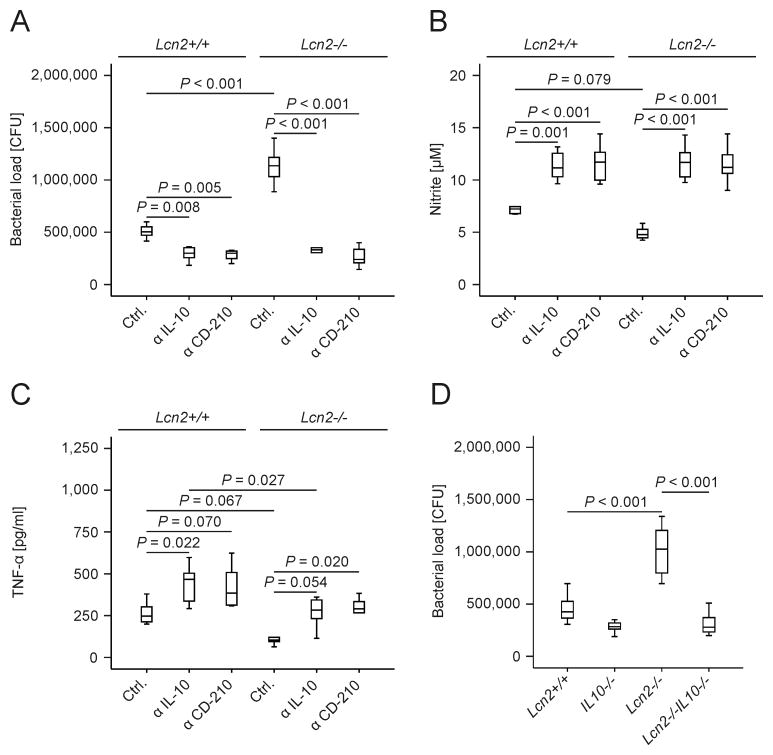Figure 6. Blocking or absence of IL-10 rescues the phenotype of Lcn2-/- macrophages.
(A) The bacterial load in wt and Lcn2-/- peritoneal macrophages treated with a neutralizing IL-10 antibody, a blocking CD-210 antibody or the respective isotype control was quantified by plating of cell lysates on LB agar. Values were compared by ANOVA followed by Bonferroni's correction and are depicted as means ± S.E.M., lower quartile, median and upper quartile (boxes) with minimum and maximum ranges and statistically significant differences as indicated (n = 6 independent experiments). (B, C) Nitrite and TNF-α concentrations in culture supernatants were determined by the Griess reaction and a specific ELISA, respectively. Values were compared by ANOVA followed by Bonferroni's correction and are depicted as means ± S.E.M., lower quartile, median and upper quartile (boxes) with minimum and maximum ranges and statistically significant differences as indicated (n = 6 independent experiments). (D) Peritoneal macrophages from wt, Lcn2-/-, IL-10-/- and Lcn2-/- IL-10-/- mice were infected with Salmonella Typhimurium (S. Tm.). The bacterial load was quantified after 24 h (n = 6-12 independent experiments). Values were compared by ANOVA followed by Bonferroni's correction and are depicted as means ± S.E.M., lower quartile, median and upper quartile (boxes) with minimum and maximum ranges and statistically significant differences as indicated.

